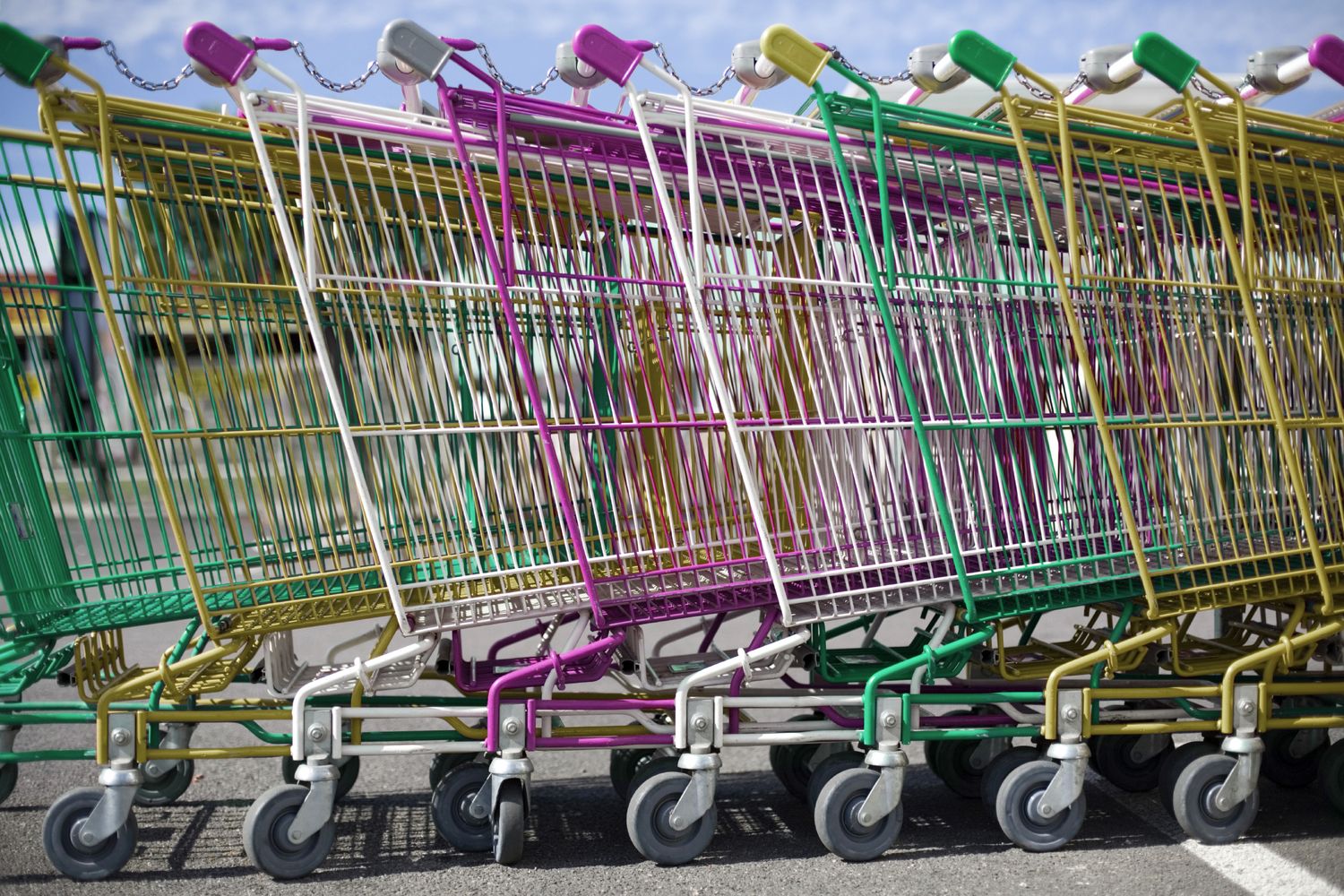By: Wilson Standish, Director, Innovation, Hearts & Science
In the world of consumer packaged goods, product discovery—and ultimately selection—has been largely limited to store isles, or a “digital shelf” built to mimic a physical one. And now, with the rise of voice-first technology, all of our learnings about discovery have become irrelevant. How does one become the product of preference when the consumer never actually sees the actual packaging, but instead simply shouts out, “I need more…!”?
Amazon (Echo) and Google (Assistant) tout their home AI assistants as the future of shopping. Almost all of the examples of consumers making purchases through a voice assistant are CPG products. It’s doubtful that someone will buy a new bed or car through voice, but if they need more milk and laundry detergent – no problem. What does the rise of voice search and shopping mean for brand recognition, price comparison, or highlighting product improvements? The rise of voice marks not only a new revenue stream, but also the need for marketers to rethink brand discovery, voice search optimization and more, for this emerging medium.
It’s doubtful that voice will replace the consumer process of browsing. But when someone is home and realizes they need more paper towels and hot dogs for their BBQ, and yells to their Google Home to order items, how does search optimization look for voice? Where text-based searches are typically around key words, voice will be more about short and logical phrases. It’s unclear who will need to change: the technology or the consumer. Will the average person learn to speak to the home assistant, or will we have to create a new strategy for how our products are discovered in a voice landscape? We assume it will be a mixture: currently over half of U.S. teens and 41% of U.S adults use voice search on a daily basis, with that number growing daily. Based on a ComScore study, it’s estimated that voice searches will surpass text searches by 2020.
2017 is considered the year of voice adoption. Consumers are now accustomed to asking an AI assistant for the weather, what time The Bachelorette is playing or to order an Uber. In 2018, it is expected that consumers will begin to make purchases through their home assistant en masse. Similar to how people were hesitant to buy something through their mobile phone, the fear of purchasing products using voice will lessen gradually. According to RBC Capital, 17% of Alexa users are shopping through their Echo-enabled devices. Based on RBC’s growth estimates for purchases made through Echo-enabled devices, they foresee over $5 Billion spent annually by 2020 –and that’s just Amazon alone.
Photo Credit: Apple.com
With Apple entering the home assistant market with their provider. Given that shopping is the core of Amazon’s business, they are likely to be the leader in CPG retail. Right now, the only way for brands to garner meaningful data about how consumers are engaging and shopping on the Echo or Google’s Assistant is by making a Skill for the platform and gaining first party data. Luckily, the code that it takes to build a Skill for Amazon can easily be adopted for Google’s platform. While Amazon added visual cues for products to prepare for the June release of the Echo Show, don’t expect this device to act like a tablet. The Echo Show will still be primarily controlled by voice and continue the need for CPG marketers to create a voice discoverability and commerce strategy.
SOURCES:
https://www.forbes.com/forbes/welcome/?toURL=https://www.forbes.com/sites/forbesagencycouncil/2017/01/03/2017-will-be-the-year-of-voice-search/&refURL=&referrer=#81f997e12c5a
The voice search explosion and how it will change local search
http://www.cnbc.com/2017/03/10/amazon-alexa-voice-assistan-could-be-a-10-billion-mega-hit-by-2020-research.html
